 York St Mary's serves as an exhibition space for which the York Museums Trust regularly commissions site-specific artworks. The medieval parish church was deconsecrated in 1958.
York St Mary's serves as an exhibition space for which the York Museums Trust regularly commissions site-specific artworks. The medieval parish church was deconsecrated in 1958.Today was my last full day in York, a chance to catch up on a few last details of fieldwork before sending myself back towards London tomorrow morning. I made sure to drop by York St Mary's during a lunch break to photograph their current installation: Five Sisters.
The exhibition caught my eye because it uses the same nickname given to the towering transept facade inside the city's cathedral, York Minster. The artists Emma Biggs and Matthew Collings drew on the aesthetics of these five lancets to create their composition in mosaic and canvas painting. At the Minster, these soaring fields of glass were not decorated with representations of stories or saints, instead a mostly monochromatic scheme of grisaille glass was used to create geometric arrangements.
 The glass in the so-called "Five Sisters" windows at York Minster was probably installed around 1250.
The glass in the so-called "Five Sisters" windows at York Minster was probably installed around 1250. A detail of the "Five Sisters" glass patterns (via Traditional Building). Thirteenth-century stained glass compositions generally limited the use of saturated fields of red and blue compared to earlier Gothic tastes. Lighter colors and clearer glass admitted more light.
A detail of the "Five Sisters" glass patterns (via Traditional Building). Thirteenth-century stained glass compositions generally limited the use of saturated fields of red and blue compared to earlier Gothic tastes. Lighter colors and clearer glass admitted more light.The mosaic along the nave of the church uses local fragments of pottery from the thirteenth and fourteenth century for tesserae. The homage to the Middle Ages becomes explicit, and the reuse of these shards calls attention to how succeeding generations treat objects of the past. These potsherds come from the York Museums Trust, and I assume that their collection has a surfeit of such remnants. Most preservation institutions are awash with historical bric-a-brac, only a small fraction of which could be put on display, only a fraction of which would interest the visiting public.
 Emma Biggs & Matthew Collings, Five Sisters, 2009. Monochromatic paintings are placed at either end of the mosaic.
Emma Biggs & Matthew Collings, Five Sisters, 2009. Monochromatic paintings are placed at either end of the mosaic.So what is a museum to do with all these shards? Similarly, how is a city like York supposed to manage its past after 2,000 years of continuous history? This installation allows artifacts to be both used and seen, and the venue itself, a decommissioned thirteenth-century parish church, came about through parallel circumstances. York has 19 surviving medieval parish churches, a more than adequate supply for the population's present Anglican needs. For artists, creative expressions and materials and techniques always arise out of earlier ideas and labor, and these creations must always contend with the "greats" of the past. In this case, Biggs and Collings place their borrowings front and center for everyone to consider.









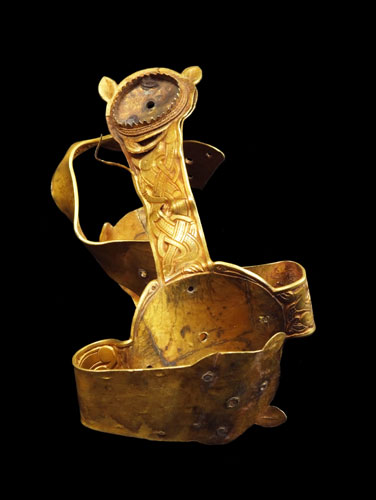
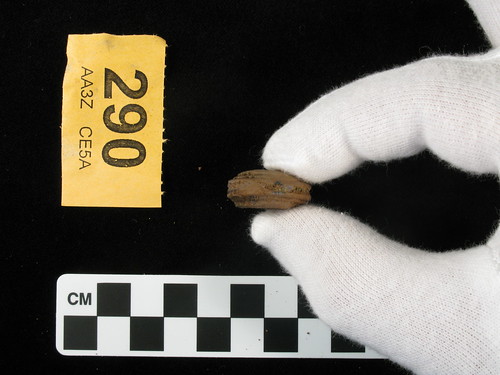





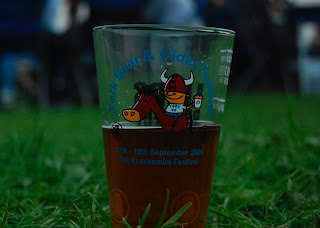























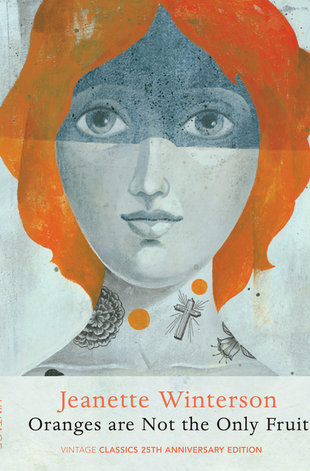
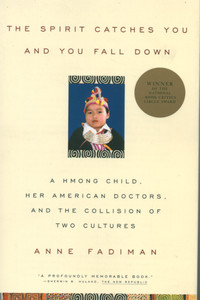
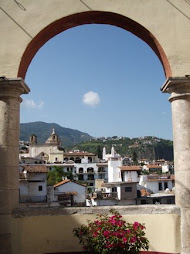




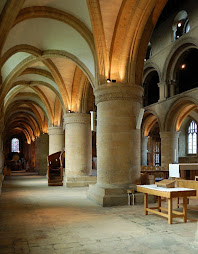.jpg)